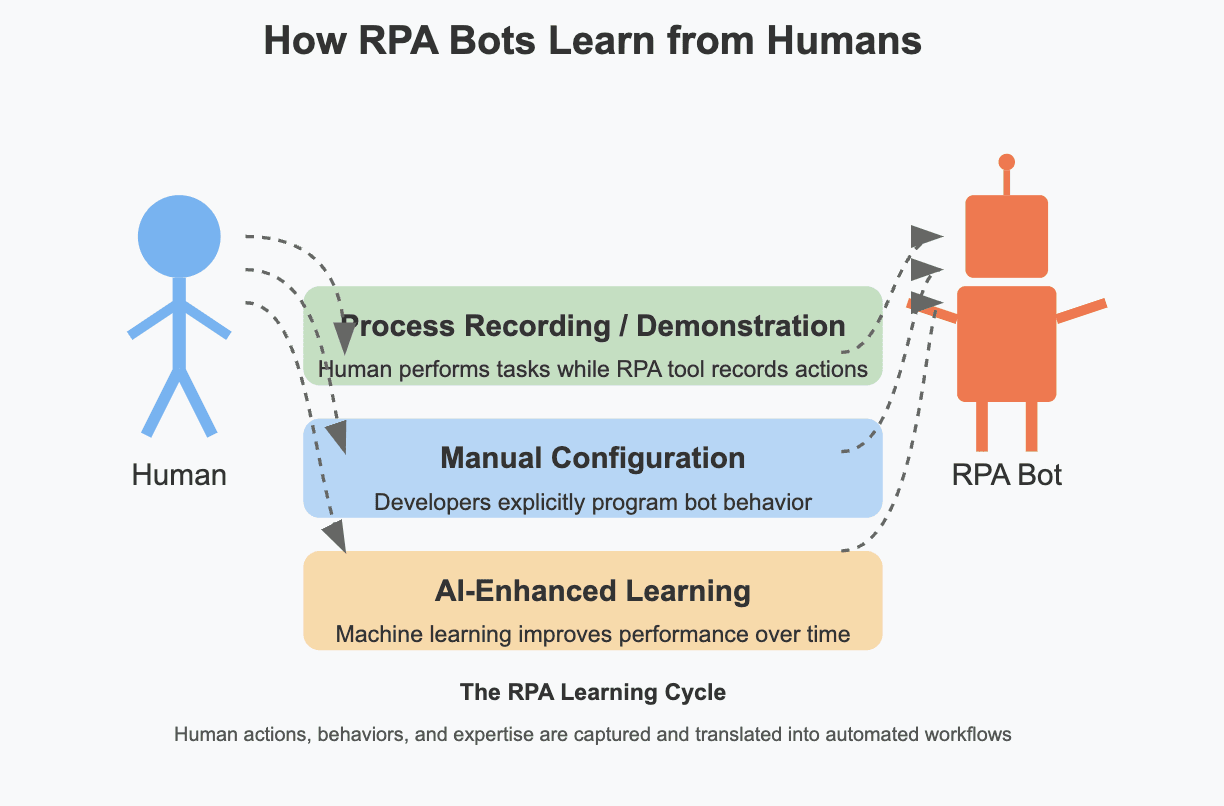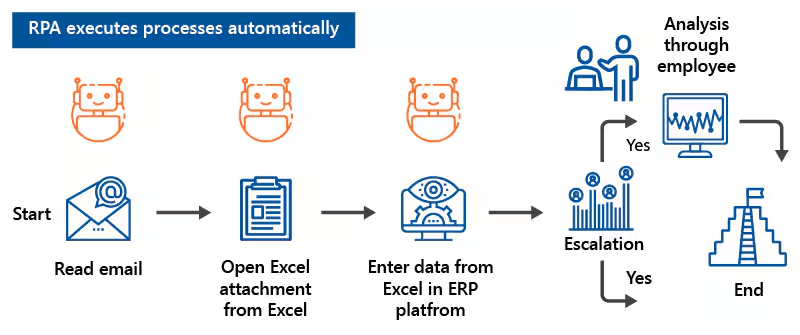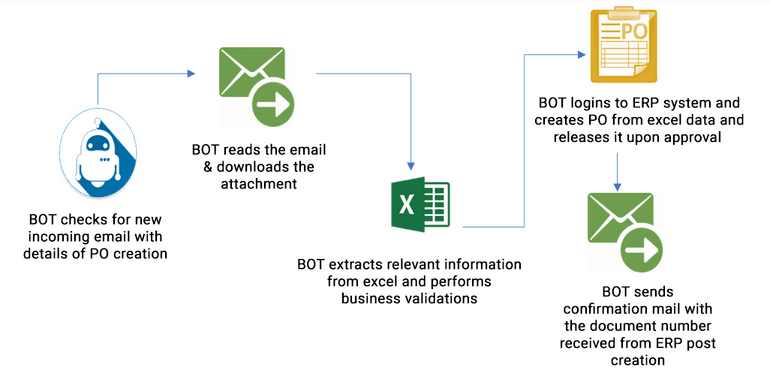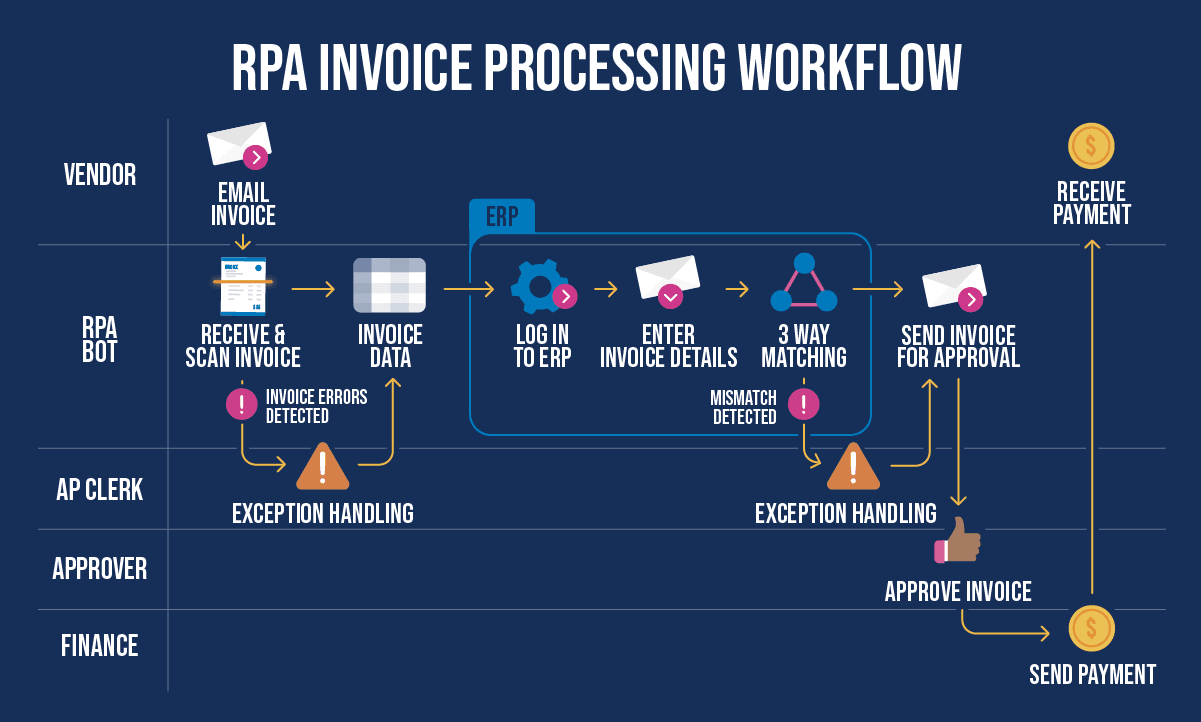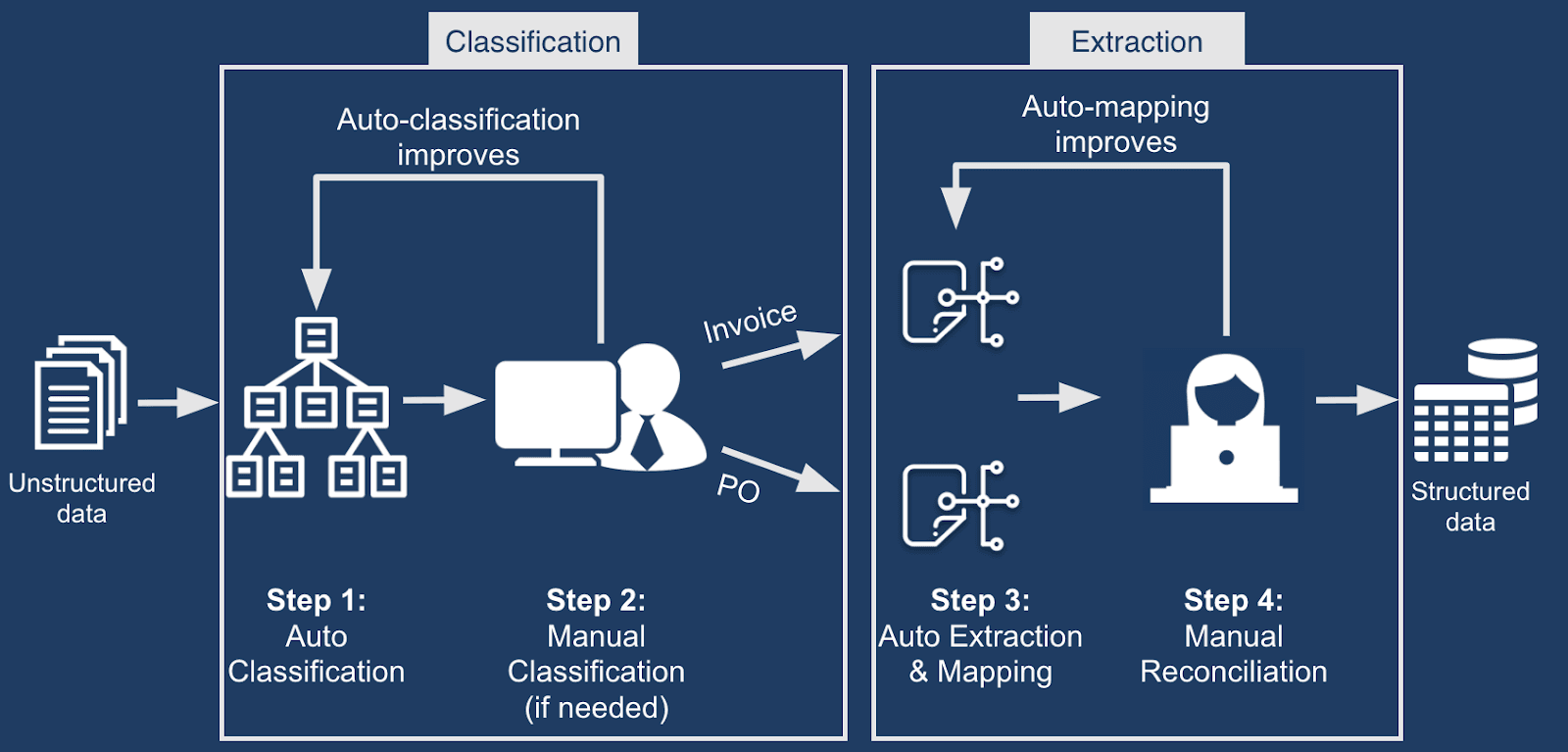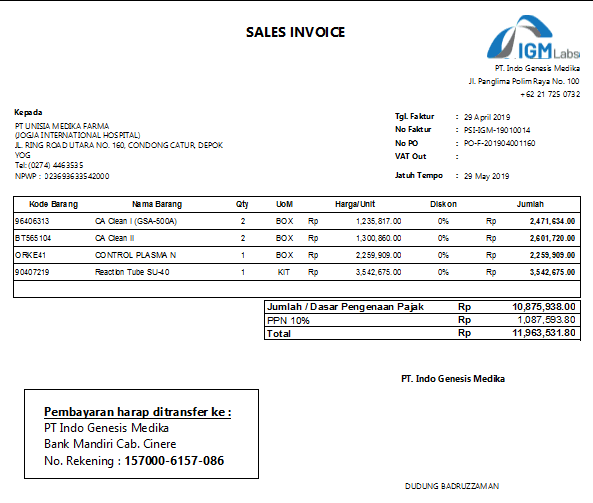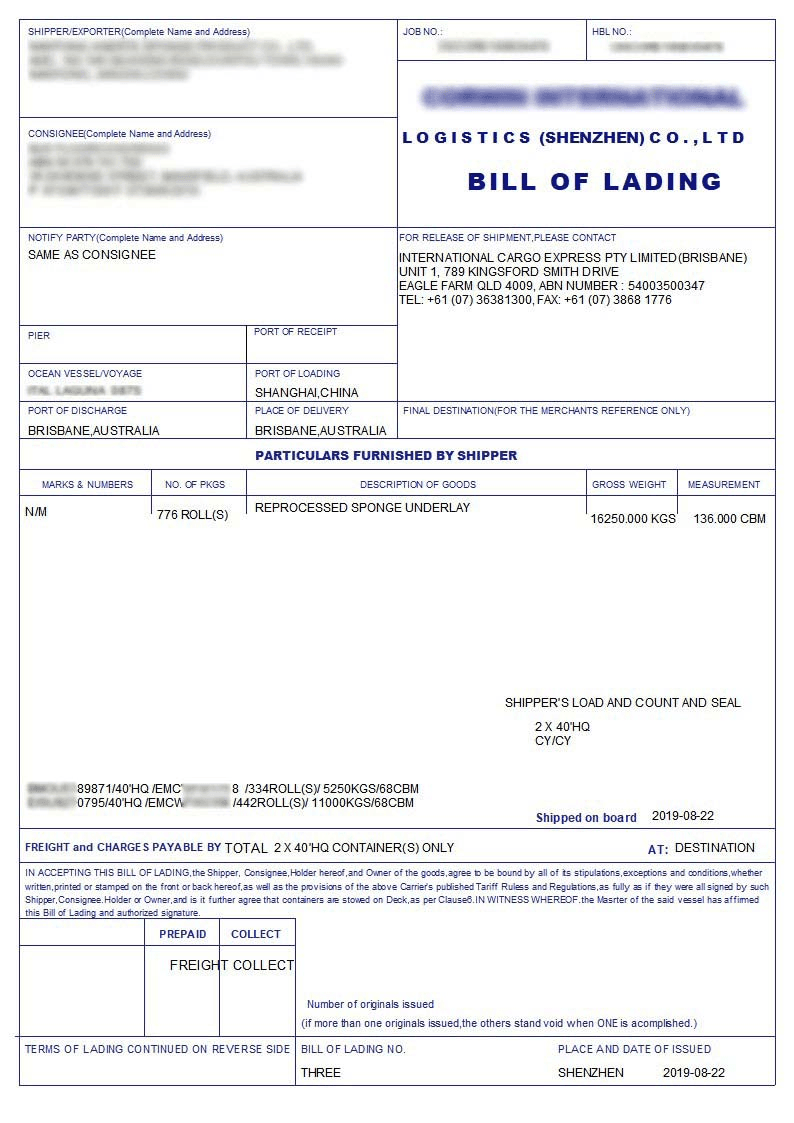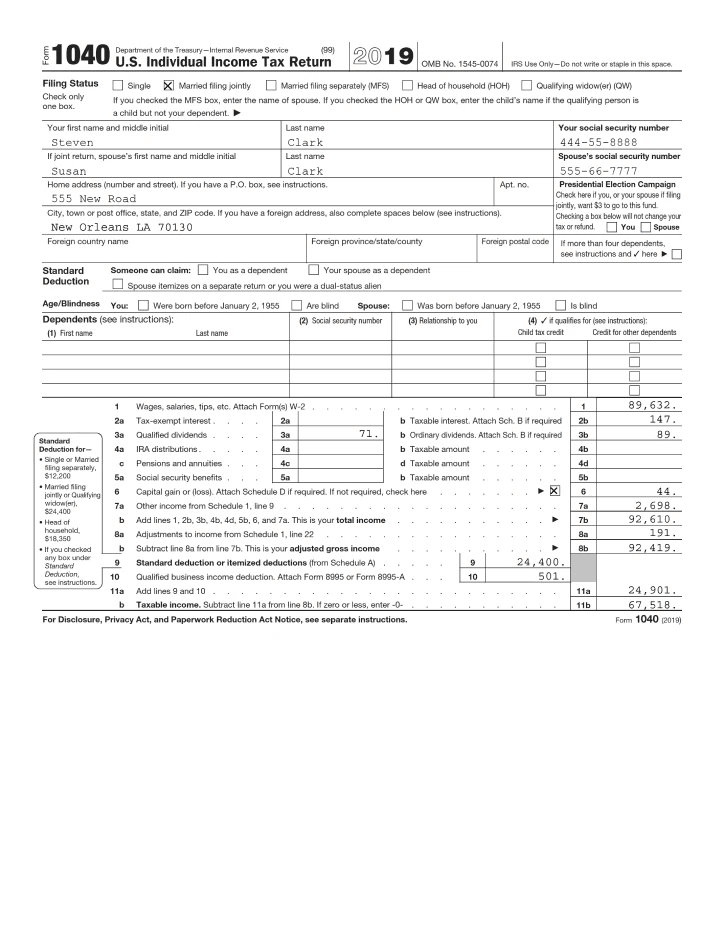
Your operations team spends 40% of their day manually copying data from shipping documents into spreadsheets. Different carriers use different formats. Some documents are handwritten. Others arrive as scanned PDFs with unclear text.
You've researched automation solutions and discovered two main options: RPA (Robotic Process Automation) and IDP (Intelligent Document Processing). The industry presents this as a choice between the two.
But here's what most vendors won't tell you: choosing between RPA and IDP is like choosing between a hammer and a screwdriver when you need to build a house. You need both tools—and a lot more.
The real question isn't RPA versus IDP. It's whether you're ready to move beyond piecemeal automation toward a solution that solves your document processing challenges. Let's look at what that means for your business.
What is RPA?
Robotic Process Automation uses software bots to automate repetitive, rule-based tasks by mimicking human actions on computer screens. Think of RPA as a tireless digital assistant that can click buttons, enter data, and move information between systems—exactly like a human would, but faster and without coffee breaks.
RPA works by recording the sequence of actions a human performs and then replicating those steps automatically. The technology operates at the user interface level, meaning it doesn't need deep system integration or API connections.
How RPA works in practice
Think about your procurement workflow. Your team manually extracts and enters information into your ERP system when purchase requests arrive via email. An RPA bot can automate this by:
- Recording the process: The bot learns by watching a human perform the task—opening emails, downloading attachments, extracting vendor information, and entering data into specific ERP fields.
- Executing automatically: Once trained, the bot replicates these exact steps. It can run on a schedule (processing emails every hour) or be triggered by specific events (new emails arriving).
- Following predetermined rules: RPA excels when processes follow clear, consistent rules. If purchase orders above $10,000 need manager approval, the bot can automatically route them to the right person.
Use cases of RPA for finance and operations teams
1. Automating financial reporting for cost analysis
Let's consider you’re compiling financial reports. You have to pull numbers from your ERP software, match them with procurement data, and double-check everything before sending out your reports.
You'll have to backtrack through several documents or spreadsheets to find the issue when something doesn't add up.
Here's how you can use RPA to automate this process:
- RPA bots pull cost data from your ERP and accounting systems automatically.
- They merge and format reports precisely the way you need them.
- If a cost spike or mismatch appears, the bot flags it instantly instead.
- The RPA bot will compile your final report.
RPA bots pull out relevant financial data and create reports for cost analysis
Alt Text: RPA bots automating the process of compiling financial reports
2. Automating purchase order (PO) creation
You need to get purchase orders out fast. But by the time the PO is finalized, you're already behind schedule, and your production process is close to being stalled.
Here’s how RPA can take over and streamline the process for you:
- The bot pulls purchase requests directly from your email, so you don’t have to enter them manually.
- The RPA bot extracts relevant information from Excel Sheets.
- It cross-checks and validates pricing and terms against supplier contracts to ensure compliance.
- The bot logs in to the ERP system to auto-generate a PO.
- If a PO exceeds budget limits, the RPA bot routes it for manual approval.
Caption: RPA bots create purchase orders and send them for approval
Alt Text: RPA bots automating the process of purchase order creation
3. Automating freight carrier invoice validation
There are chances that freight carriers send invoices that don’t always match what you and your vendor have agreed on. If you miss something, your company pays more than it should.
Here’s how RPA automates this task:
- RPA bots pull shipment and invoice data from your TMS and ERP automatically.
- They compare each charge against pre-approved contract rates to flag discrepancies.
- If everything checks out, the bot approves the invoice for payment instantly.
- If there's a mismatch, the bot will escalate the issue to you.
- You will get an alert to review errors before any payment is processed.
Caption: RPA automating the invoice processing and payments workflow
Alt Text: RPA bots processing structured invoices for payments
Also, remember: RPA is a rule-based bot. So, it's designed to follow predefined rules you've programmed into it, so it struggles with unstructured data.
That’s where Intelligent Document Processing (IDP) comes in to add some brainpower to the mix.
What is IDP?
Intelligent Document Processing uses artificial intelligence to read, understand, and extract data from documents regardless of format or structure. Unlike basic OCR, which recognizes text, IDP understands what it reads.
Many businesses already see the difference in their document processing workflows when using AI. According to Gartner, 39% of finance leaders now use AI to identify errors and anomalies in their documents.
And confidence in AI is growing fast.
“It’s also encouraging to note that two-thirds of finance leaders feel more optimistic about AI’s impact than they did a year ago, particularly among those who have already made progress leveraging AI solutions,” notes Marco Steecker, Gartner’s Senior Director of Research.
This represents a fundamental shift from template-based processing to intelligent, adaptive systems.
How IDP Works
IDP doesn’t just read documents—it makes the entire process faster, smarter, and hands-free. Here’s how an intelligent document processing solution works:
- Document ingestion: You can use IDP to pull documents from wherever you store them. This could be emails, cloud drives, scanned files, or business apps like ERPs and CRMs (Customer Relationship Management software).
- Preprocessing: Before diving into the data, IDP cleans up your documents. It removes noise, fixes distortions, and sharpens text to ensure high accuracy.
- Data extraction: IDP extracts the information you need using OCR (Optical Character Recognition), NLP (Natural Language Processing), and ML (Machine Learning). According to the document, that could be key-value pairs, line items from tables, or free-form text.
- Data validation: IDP checks extracted data against predefined rules or databases to ensure everything is correct.
- Data export: Once everything is verified with IDP, you can send the processed data straight into your business systems—ERP, CRM, or wherever you need it.
Caption: Intelligent document processing workflow with key steps
Alt text: how does intelligent document processing work
Use cases of IDP for finance and operations teams
1. Invoice processing
Caption: An invoice with critical key-value pairs and line items
Alt text: Sales invoice with line items for IDP processing
When you're extracting data from invoices, different vendors use different formats and layouts. IDP tackles this by using AI-based 'intelligence' to capture data from invoices irrespective of layouts and formats.
IDP uses NLP, deep learning, and computer vision algorithms to understand the 'content' of invoices. ML algorithms improve accuracy by handling variations and learning from the invoice document's structure.
You can extract the following invoice details using IDP with a high accuracy rate using these technologies:
- Invoice Number
- Invoice Date
- Supplier Name
- Total Amount
- Quantity
- Tax Details
- Discount Amount
- Unit Price
- Total Price
Beyond data extraction, IDP applies business rules and automatically matches the extracted data against purchase orders. In the purchase order, it can confirm if the total amount matches the line item sums.
It can also flag if the invoice amount isn't similar to the purchase order value. This flags errors like incorrect amounts or missing fields so you can review them before payments go through.
2. Bills of Lading processing
Caption: A Bill of Lading document with critical information spread across the document for IDP
Alt Text: A bill of lading document with key details for IDP processing
Bills of Lading (BOLs) come in many formats. Every shipping line or freight forwarder may use a different template. But IDP systems have pre-trained models that are trained on a variety of BOL formats.
So you don't have to worry about document structure changes, unstructured or free-form texts, or format inconsistencies. As the first step, OCR converts the scanned or digital BOL into machine-readable texts. This includes structured parts like tables and unstructured text like paragraphs or notes.
It uses NLP to understand what each piece of text means in context. For example, even if one BOL says “Shipper Name” and another says “Exporter,” IDP recognizes that both refer to the same field.
It extracts details like:
- BOL Number
- Shipment Date
- Carrier Name
- Shipper Name
- Consignee Name
- Total Weight
- Freight Charges
- Quantity
- Weight per Unit
- Total Weight
Once data is extracted, IDP applies validation rules to detect and review errors.
For instance, you can use IDP to:
- Normalize port names (e.g., “NYC” becomes “New York, NY”)
- Validate container number formats
- Standardize dates and addresses.
You don’t have to double-check every detail line by line or clarify errors through back-and-forth emails with freight forwarders. Just export the clean data directly to your logistics software or shipment tracker.
3. Tax report processing
An image of a tax report document with documents in tables
Tax documents include structured tables, free-text notes, headers, and footers. In short, they don’t follow a uniform structure.
You would be able to see all these squeezed out in multiple pages:
- Tables that break down taxes by rate (5%, 12%, 18%)
- Sections for input tax credit, total taxable value, and exemptions
- Vendor-wise summaries and invoice counts
- Legal disclaimers or auditor notes at the bottom
- Unpredictable labels like "GST Payable" vs. "Total Tax Liability."
You still need to process these reports in the least possible time without compromising accuracy. IDP handles this complexity by analyzing the layout and visually understanding where different elements live on the page. It doesn't rely on fixed positions.
Using NLP, IDP identifies field meanings based on text context. Whether a field is labeled as “GST Due,” “Net VAT,” or “Tax Payable,” it understands the intent and extracts it accurately.
By understanding the context and meaning, IDP extracts the following details from tax reports:
- Company Name
- Total Revenue
- Cost of Goods Sold (COGS)
- Gross Profit
- Operating Expenses
- Net Income Before Tax
- Social Security Number
- Total Taxable Income
- Total Tax Owed
- Tax Credits Applied
- Final Tax Payable
After data extraction, IDP cross-checks numbers against tax regulations using the validation rules you have set up. It also assigns a confidence score for each extraction. You can step in and review if the score is low so as not to miss out on inconsistencies and errors.
What are the key differences between RPA and IDP?
Understanding the fundamental differences helps clarify when each technology provides value and where both fall short.
1. Core functionality
RPA operates as a digital workforce that replicates human actions within software applications. Think of RPA bots as extremely reliable employees who never get tired and can work 24/7—but they can only perform tasks they've been explicitly taught.
IDP functions like an intelligent reading assistant that understands and interprets document content. The technology doesn't just read text—it understands context, relationships, and business logic embedded within documents.
2. Pre-requisites for the data structure
RPA thrives with structured data sources like databases and standardized forms. When your procurement team always receives purchase requests in the same email format, RPA can automate the entire workflow efficiently.
IDP excels where RPA struggles: processing unstructured and semi-structured documents. When your logistics team receives delivery receipts that might be handwritten notes, scanned forms, or digital documents in varying formats, IDP can extract relevant information regardless of the source format.
3. Base technology
RPA builds on rule-based automation and screen interaction technologies. The system records mouse clicks and keyboard inputs and then replicates these actions precisely. This makes RPA straightforward to implement but limits its ability to handle variations.
IDP leverages artificial intelligence, including machine learning, natural language processing, and computer vision. These AI components enable the system to adapt to new document types and improve accuracy over time.
4. Ability to learn and adapt
RPA systems follow predetermined scripts without improvement over time. When suppliers change their invoice format slightly, RPA bots fail until someone manually updates their programming.
IDP systems continuously learn and adapt through machine learning algorithms. When processing new document formats, the system can extract relevant information immediately and improve accuracy as it encounters more examples.
5. Handling exceptions or edge cases
RPA treats exceptions as failures requiring human intervention. When a bot encounters a missing field or unexpected pop-up window, it typically stops processing and sends an alert.
IDP approaches exceptions as learning opportunities. When the system encounters unclear handwriting, it assigns confidence scores to extracted data. Low-confidence extractions get flagged for human review, while high-confidence data is processed automatically.
Why is it time to think beyond RPA and IDP?
The reality is most document workflows don't stop at data extraction or task automation. They involve validation, routing, approvals, exception handling, and integration with multiple business systems. It’s what we call The Workflow Gap.
Consider how a logistics company processes freight invoices. IDP extracts data from carrier invoices in various formats. But that's just step one. The system must then:
- Validate rates against contracts
- Route discrepancies to procurement teams
- Obtain approvals for exceptions
- Update accounting systems
- Trigger payments
This complete workflow requires both intelligent document processing and automated task execution—plus orchestration capabilities that neither technology provides independently.
Joseph Braithwaite, Senior Business Management Executive at EvolveThinking, observes: “RPA & IDP are both valuable automation tools, but selecting the right one depends on three key factors: (1) the type of task being automated, (2) the structure of the data involved, and (3) the cost of development and maintenance.”
At the end of the day, you feel like you have two options. RPA breaks down when documents don't adhere to the rules you've added. Or IDP, where the data sits on the platform but is not actionable.
“Bear in mind that IDP struggles with handwritten notes, poor-quality scans, and highly complex documents. Training models can also be expensive. A better approach can be a mix of AI + human validation, using RPA alongside IDP, or leveraging low-code AI solutions.”
That’s one of the reasons we built Docxster. According to Ramzy Syed, our founder, the landscape has evolved:
"With the advent of LLM and GenAI, not only has IDP become faster, cheaper, and more versatile, but it has also brought a host of new applications and uses. It's no longer necessary to hire an implementation partner or in-house IT team to build automations."
This shift is a fundamental change in how businesses approach document automation.
Instead of implementing separate tools for different parts of the workflow, organizations can now deploy unified platforms that handle the complete document lifecycle.
Here’s an example of what that looks like:
Don't limit yourself to RPA or IDP—instead, automate your entire document processing workflow
The future isn't about choosing between RPA and IDP. It's about platforms that combine both capabilities with intelligent workflow orchestration.
Remember that operations team spending 40% of their day on manual data entry? What if they could automate the entire workflow—from document ingestion and extraction to validation and system integration—without requiring IT expertise?
Docxster solves these complexities by combining the strengths of RPA and IDP into one platform. It lets you automate the entire document workflow from ingestion and extraction to data validation and export.
With our platform, you can:
- Handle any document type you use without worrying about templates
- Reduce error rates by balancing automation with human expertise
- Set up multi-stage approval paths to streamline the validation process
- Create automated document workflows without IT dependence
Instead of piecing together multiple tools, you get a single, scalable platform purpose-built for document automation.
Why settle for partial automation when complete solutions finally make total document workflow automation a reality?
Get Document Intelligence in Your Inbox.
Actionable tips, automation trends, and exclusive product updates.
